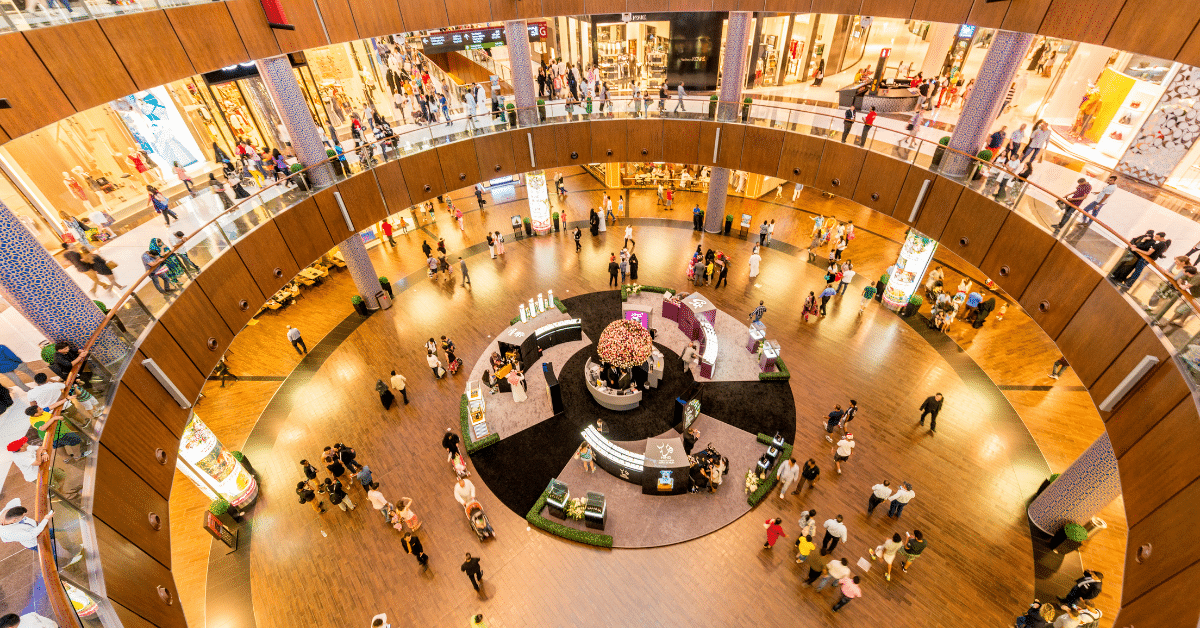With fall on the horizon and the holiday shopping season not far behind, many consumers may once again face shipping delays on their favorite products.
What’s causing these shipping delays? For starters, global supply chains remain strained due to the ongoing COVID-19 pandemic, and now recent floods in Europe and China have made the matter worse.
RELATED: Shift To More E-Commerce Means Less Available Warehouse Space In Canada
Western Europe and China’s Henan province, which is a key transport hub, are both still reeling from the impact of devastating floods. Key transportation routes have been damaged and the flood waters even wrecked warehouses.
That’s not all.
The global economy is still dealing with the ongoing shipping container shortage. According to visionproject.org, roughly 90% percent of the world’s goods are transported by sea with over 70% as containerized cargo. In addition, demand for shipping containers currently outweigh supply, which means higher costs for shipping.
Dw.com highlights that one reason for the global shipping container shortage is that there are only two companies in the world that build and sell shipping containers — both are based in China. We must also keep in mind that all shipping containers leaving China are first loaded with goods in China and sent out to their destination. This results in time spent unloading the containers first and COVID-19 itself has caused huge bottlenecks at crowded ports.
Pawan Joshi, executive vice president of Texas-based supply chain software firm E2open had this to say to CNBC:
“Black Friday and the holiday season, for which products (and raw materials) are being staged, will face the brunt of the impact”.
These global shipping delays mean products such as consumer electronics, dorm room furniture, clothing and appliances will continue to be in short supply this holiday shopping season.
Consumers will feel these impacts right through the holiday shopping season as the delays will last for weeks and months. It’s too soon to know how supply chains will handle this latest challenge, and whether retailers will be able to offer extensive Black Friday deals and other sales.
Flooding in China and Europe
Zhengzhou, a city in Henan province was hit hardest by the flooding last month. This city is home to numerous manufacturing facilities, including the world’s largest iPhone assembly plant. The Henan province is also a major producer of grains and raw materials, which will only add to the existing delays.
There’s more bad news for your holiday shopping season. Floods in Europe have forced Germany’s largest steel maker Thyssenkrupp to deciare force majeure. Force majeure is a common clause in contracts which essentially frees both parties from liability or obligation when an extraordinary event or circumstance is beyond the control of the parties, such as natural catastrophes.
Even as flood waters have receded, the damage was already done and operations have been slow to pick up again.
Global Shipping Delays For Back-To-School Shopping
Global shipping delays aren’t just a concern for the holiday shopping season. Even before that, there’s back-to-school shopping.
Global shipping delays and uncertainty around the delta variant have parents worried about the upcoming school year. As COVID cases surge once again, there are many who worry that their kids may have to resort to digital learning like last year.
Even if students can return to normal class lessons, will school supplies be in stock? Shortages of items like sneakers, backpacks and gadgets will become more common this year. COVID-19 has in many ways changed consumer behaviour. These changes have disrupted global trade and can be partially blamed for the global shipping container shortage.
Outlook For Global Supply Chains
Global supply chains were already dealing with a lot before the recent floods in China and Europe. The closing and reopening of economies around the world have forced the industry to be as flexible as ever before. However, this will cause shipping delays across numerous industries around the world.
For example, to control the spread of COVID-19, many ports reduced their workforces, and this caused heavy vessel delays and cancelled shipments. Consumer demand has continued to pick up and supply chains simply can’t meet the demand. According to freightwaves.com, “Los Angeles handled 957,599 twenty-foot equivalent units (TEUs) in March, up 113% year on year — the highest March number in the port’s history.” Cities across the world are slowly relaxing lockdown measures, but backlogs will continue to exist for the foreseeable future. Port congestion has been an issue for Port of Los Angeles throughout the pandemic and will likely get worse as we head into the colder months.
Also in March, the Suez Canal was blocked for six days after the grounding of Ever Given, a 20,000 TEU container ship. The ripple effects were devastating to already strained global supply chains. Lloyd’s List estimated during the blockage the value of the goods delayed each hour at US$400 million, and that every day it takes to clear the obstruction would disrupt an additional US$9 billion worth of goods.
About Evolution Fulfillment
With 135,000 square feet, three locations and a variety of specialized distribution services, we help brands reach the entire North American marketplace. We specialize in integrations with various sales platforms accessing everyone from the end consumer to retail giants.
Evolution has created six turnkey fulfillment services to advance your North American distribution strategy – which you can choose independently or combine for full effect – to ensure on-time, accurate and efficient product delivery into all sales channels.
If you’re interested in learning more about our 3PL services in Canada and in the US, visit our website at www.evolvewithus.ca.



